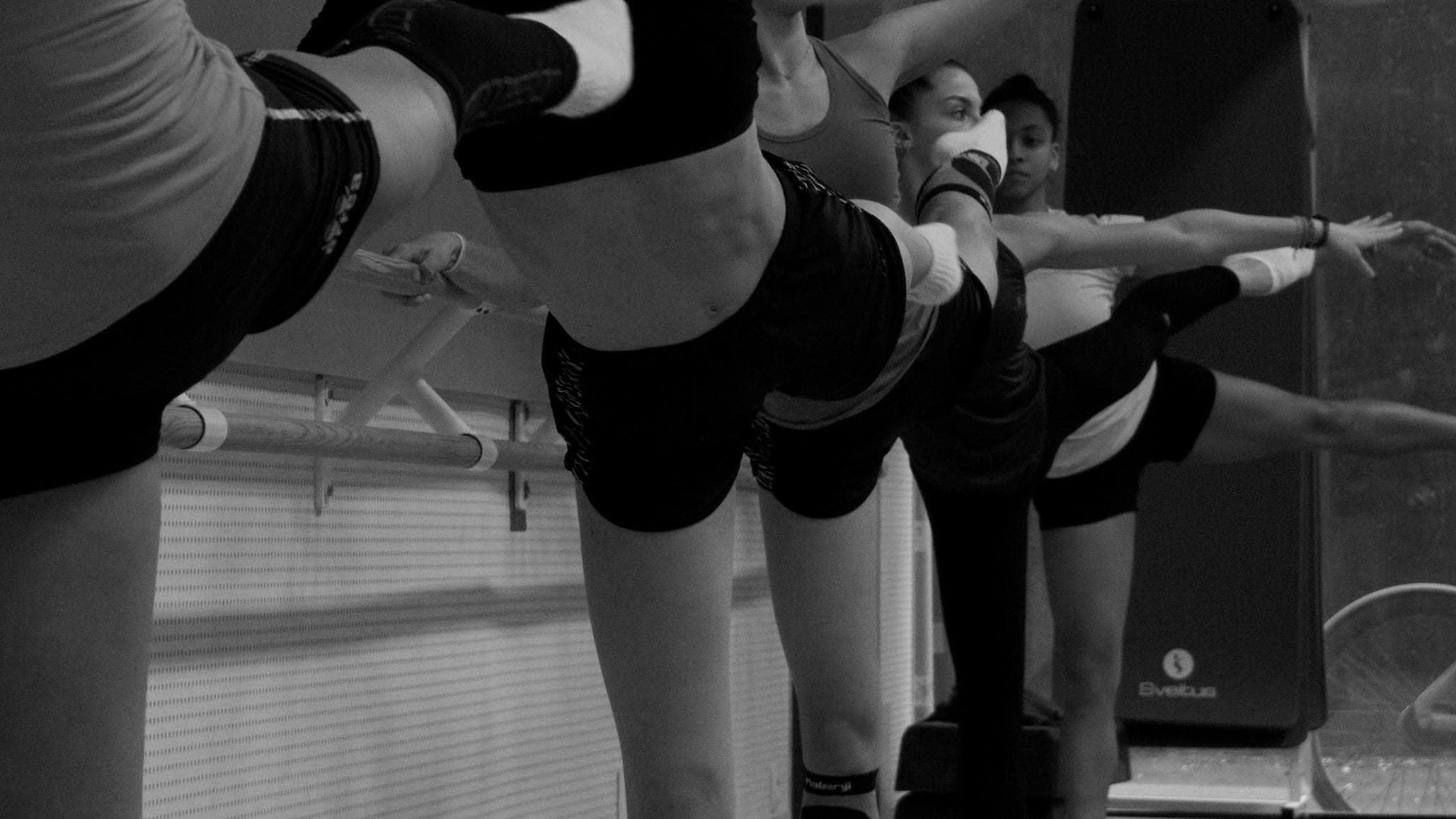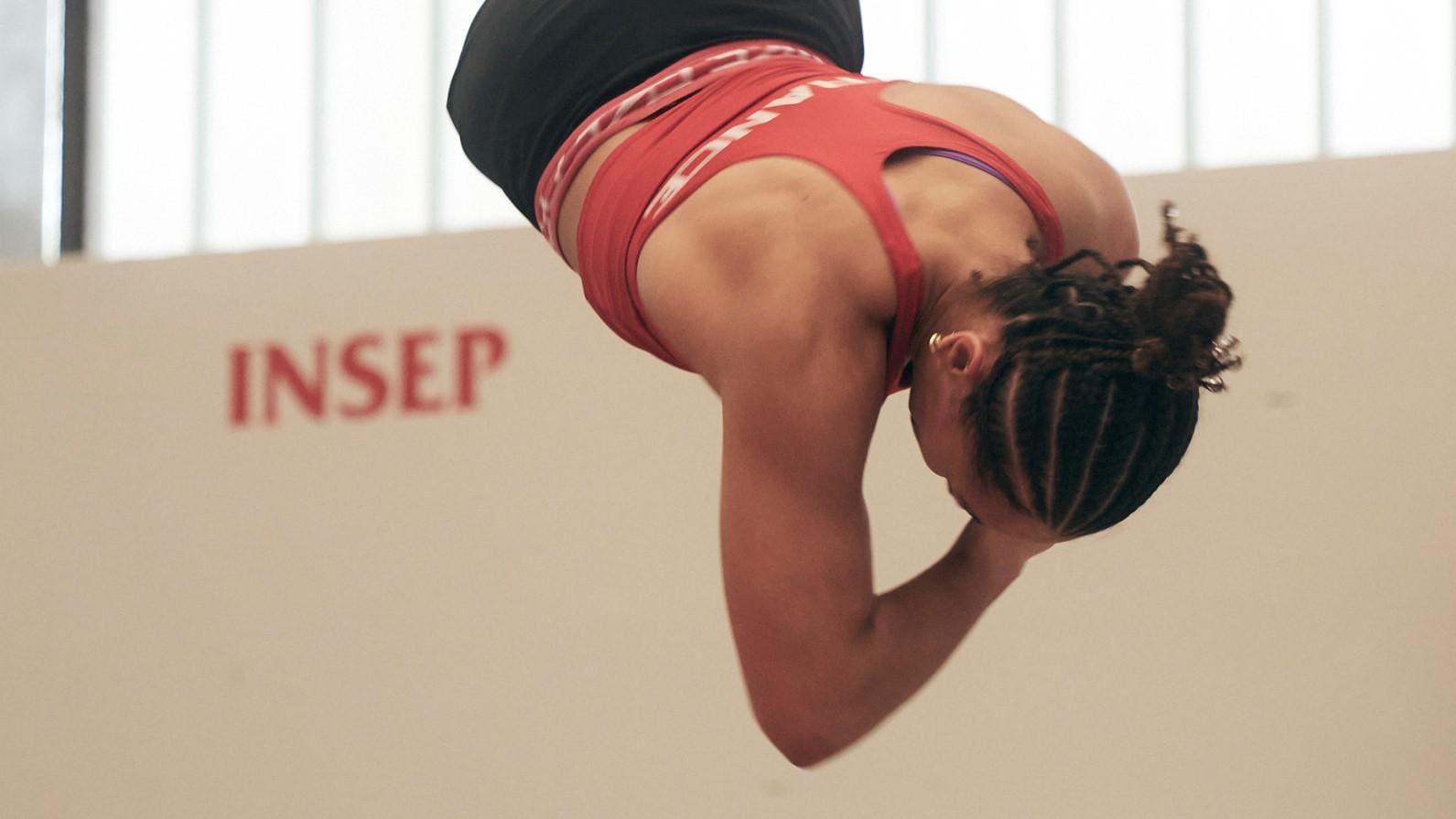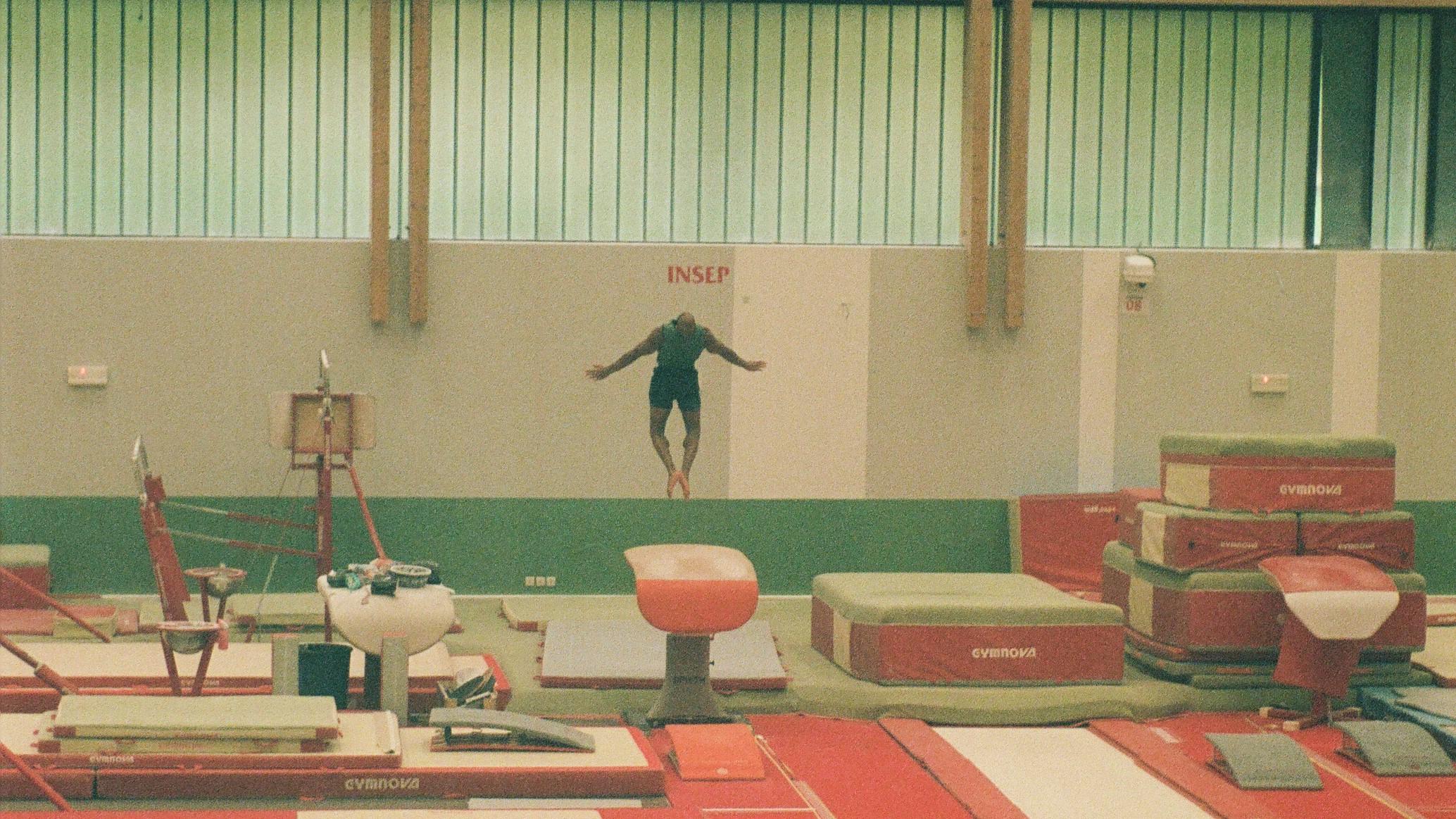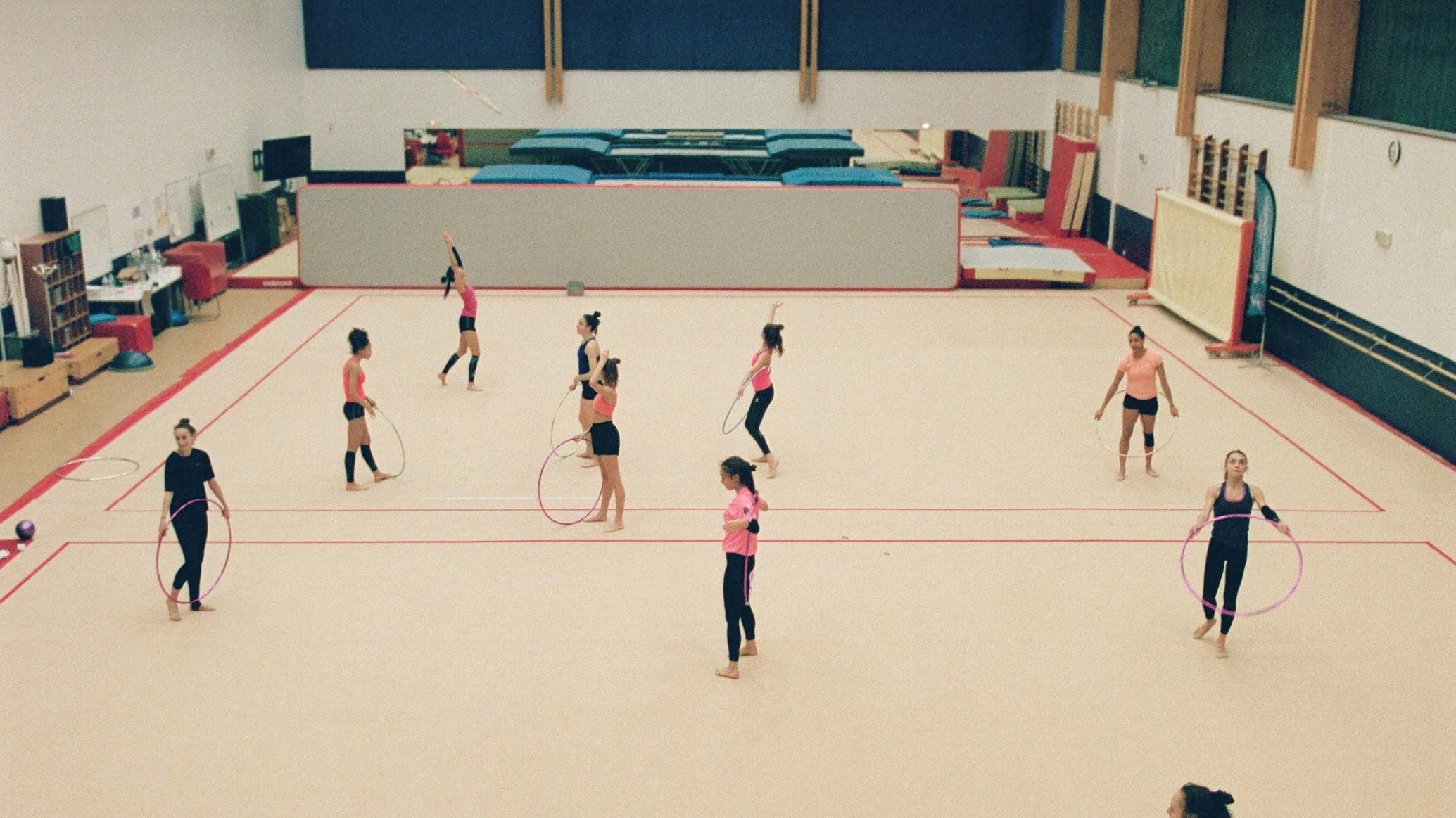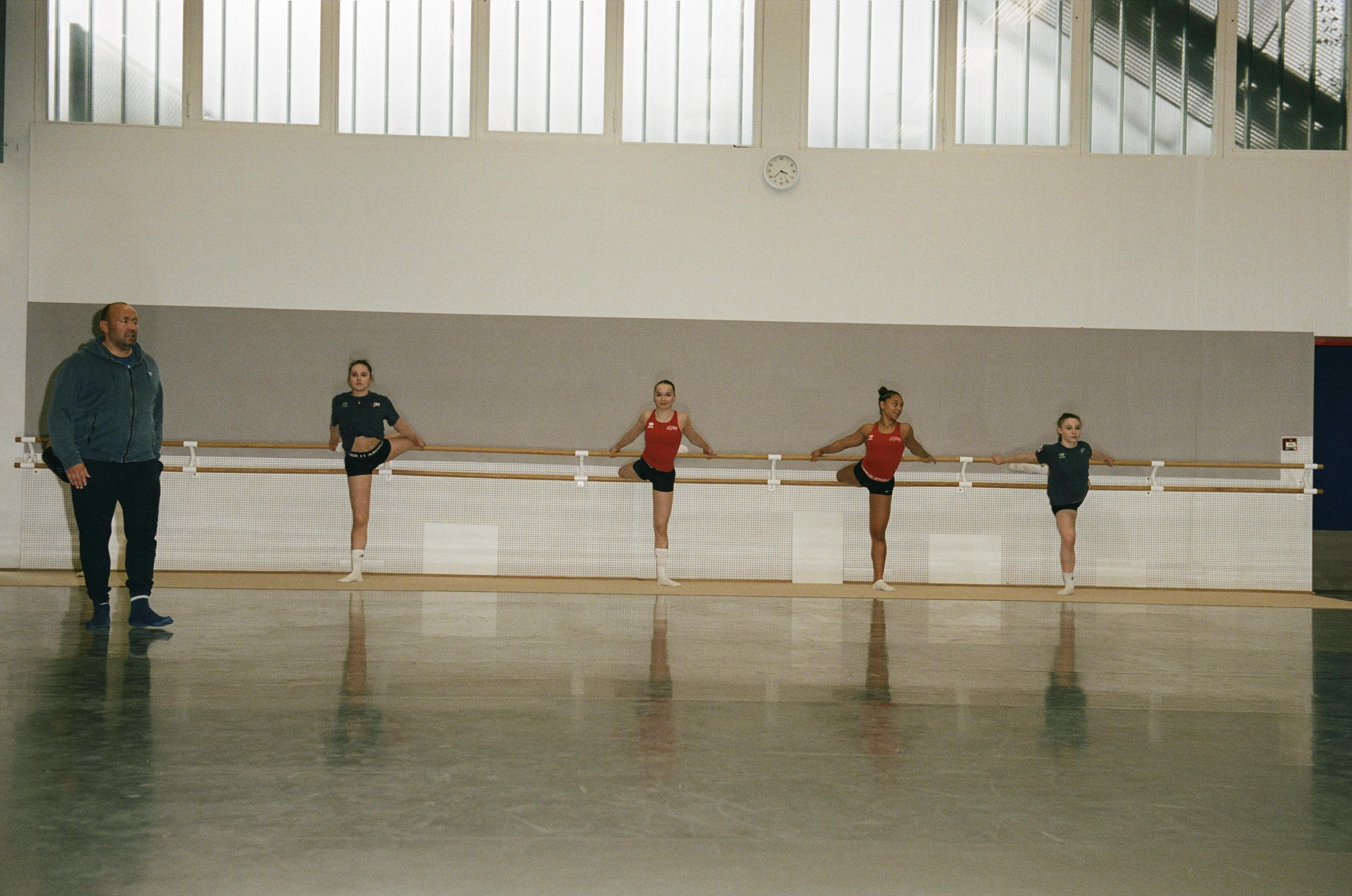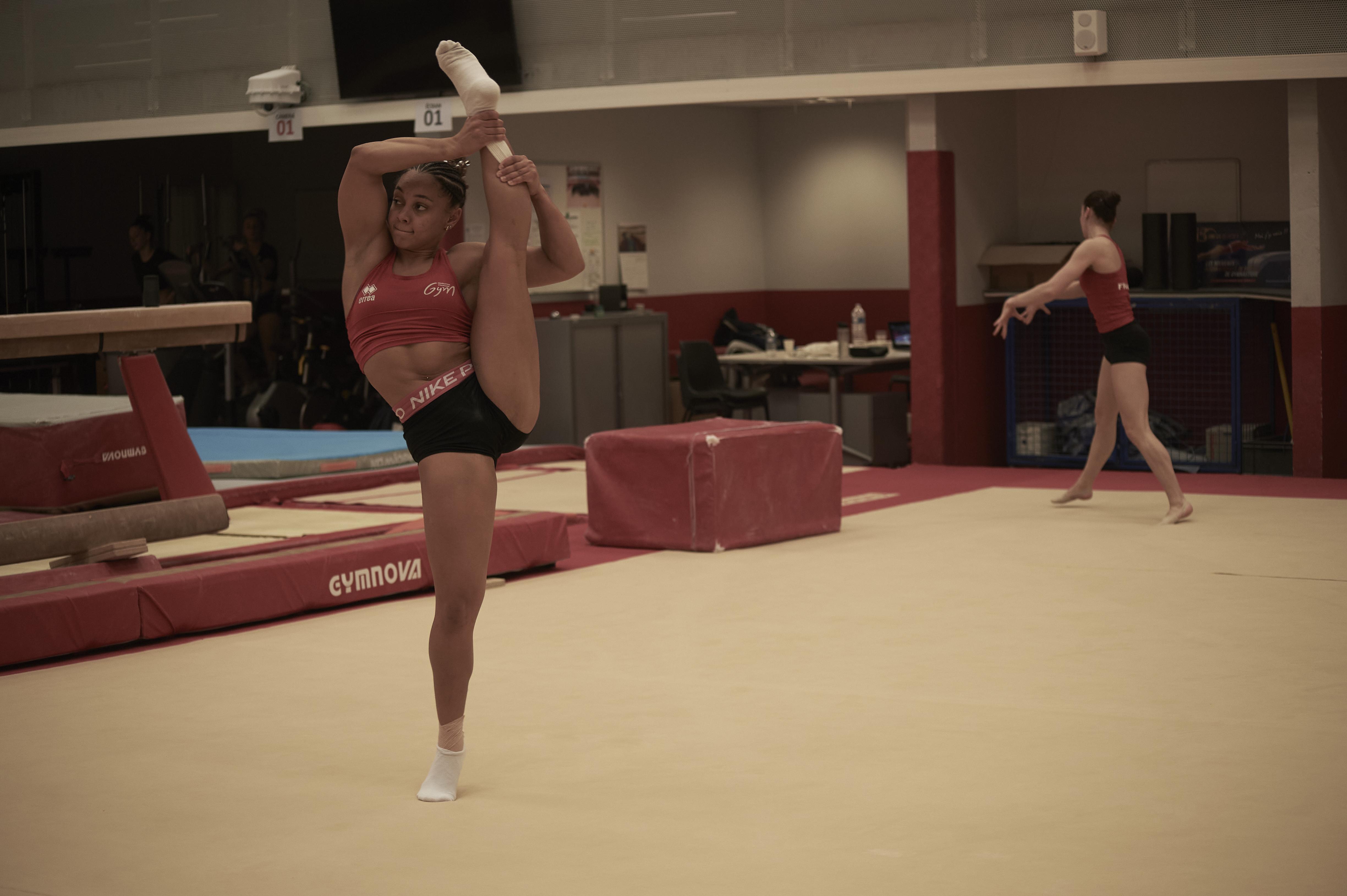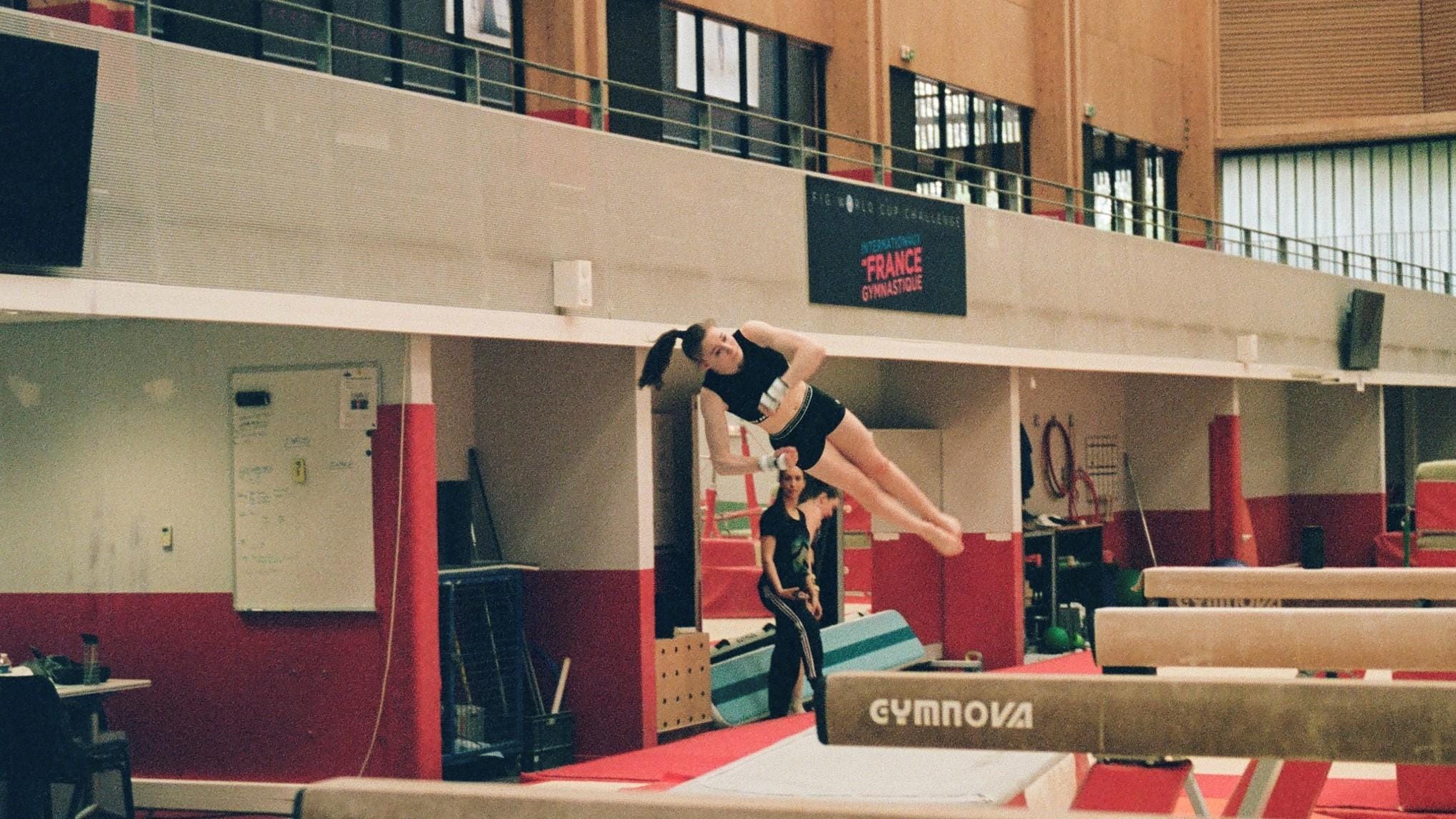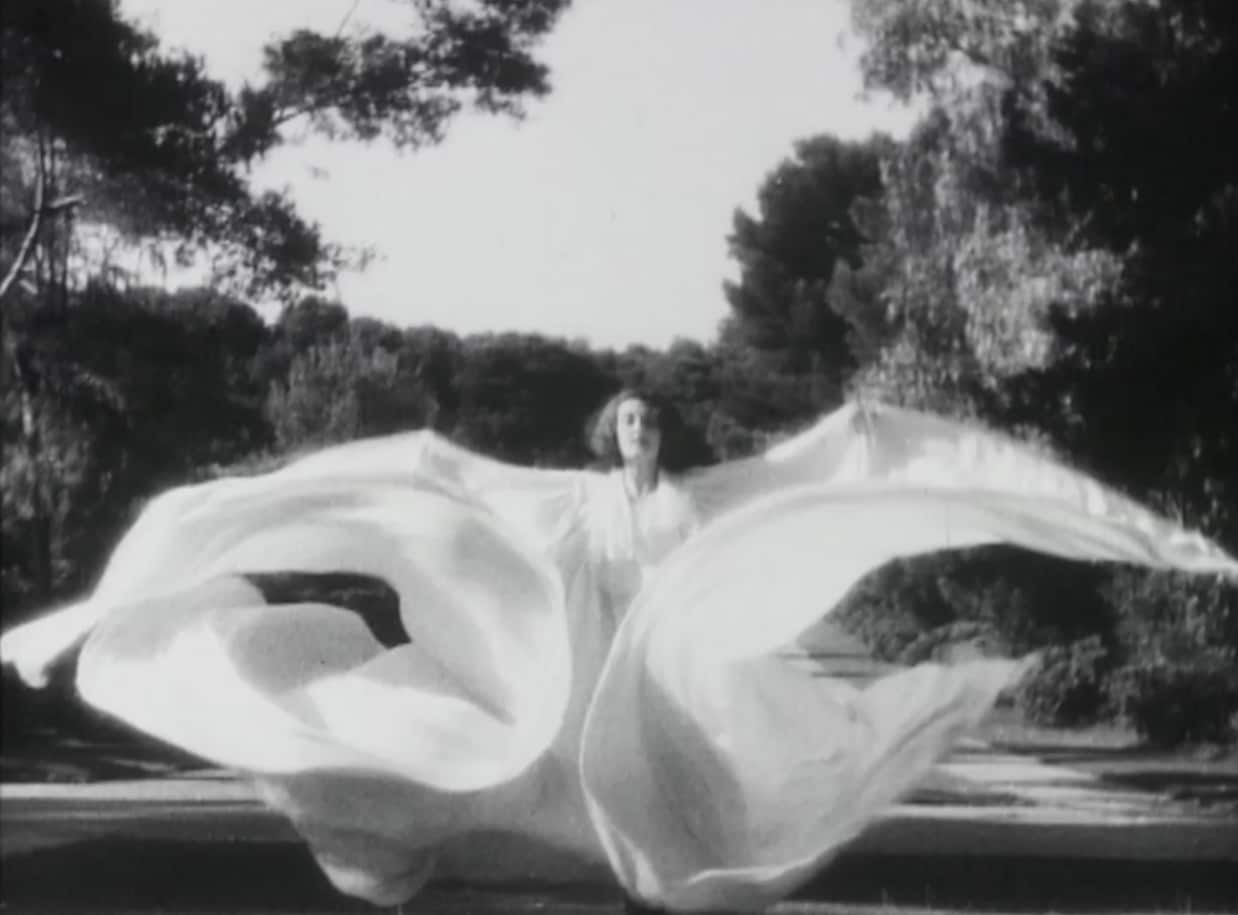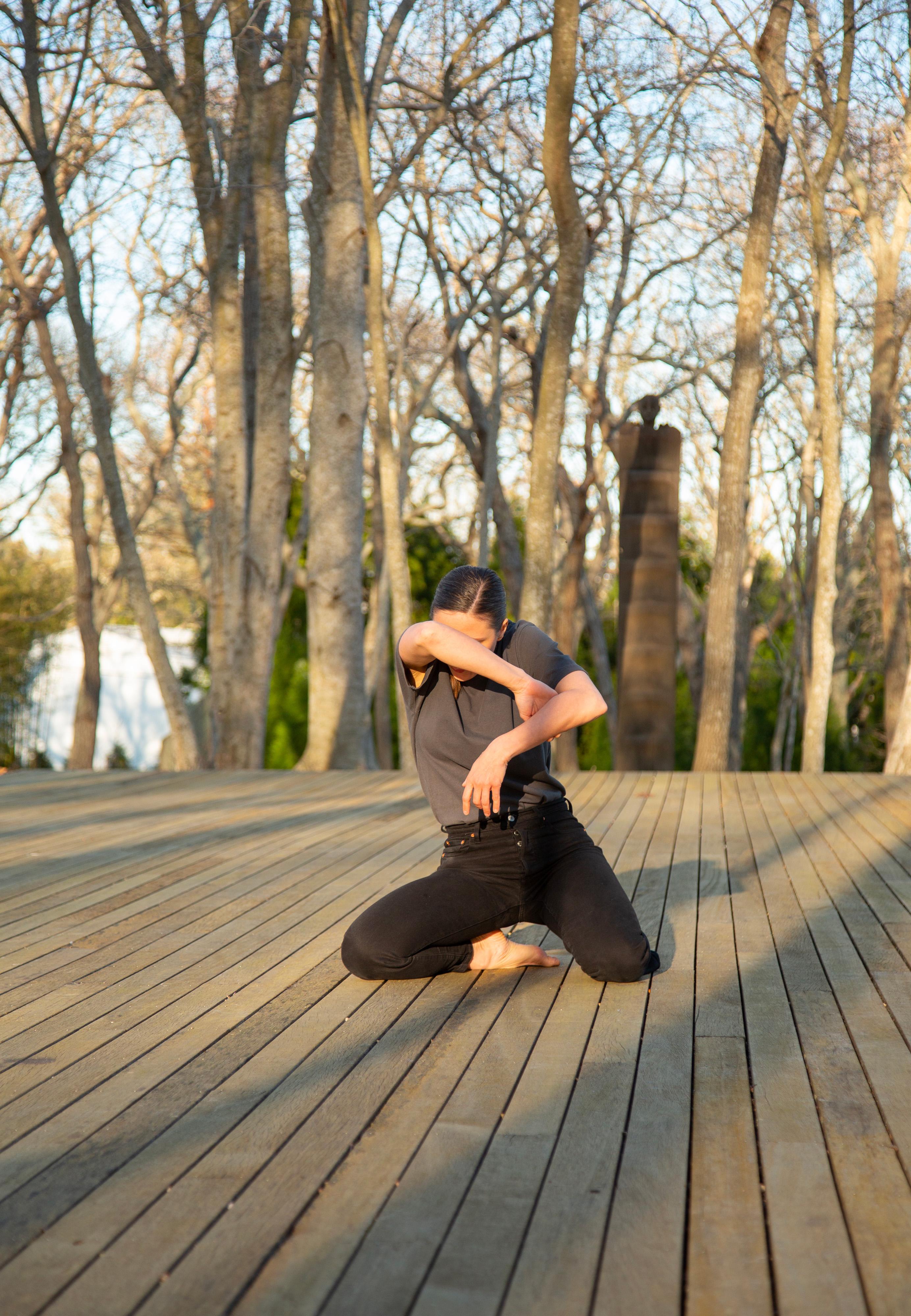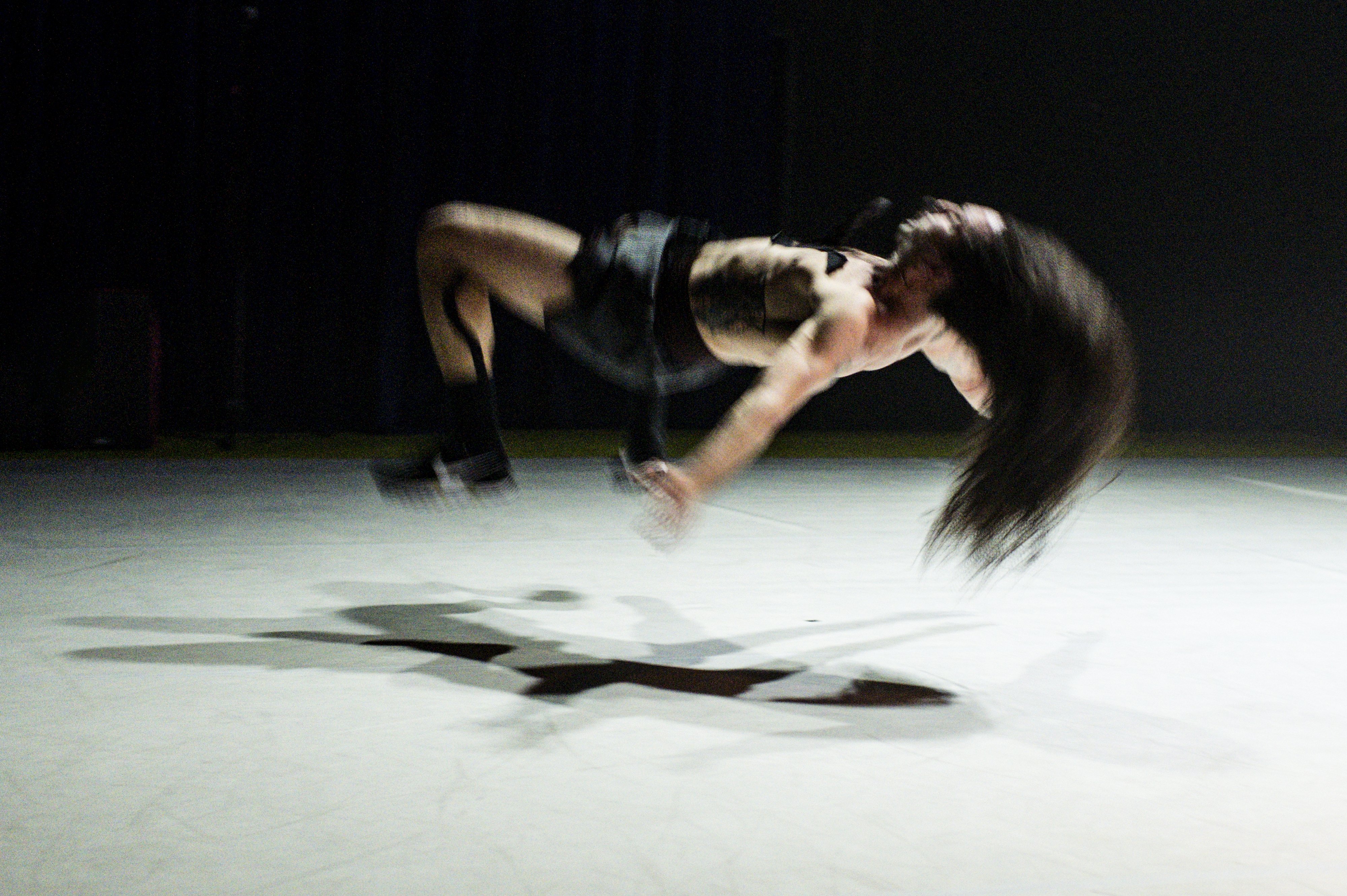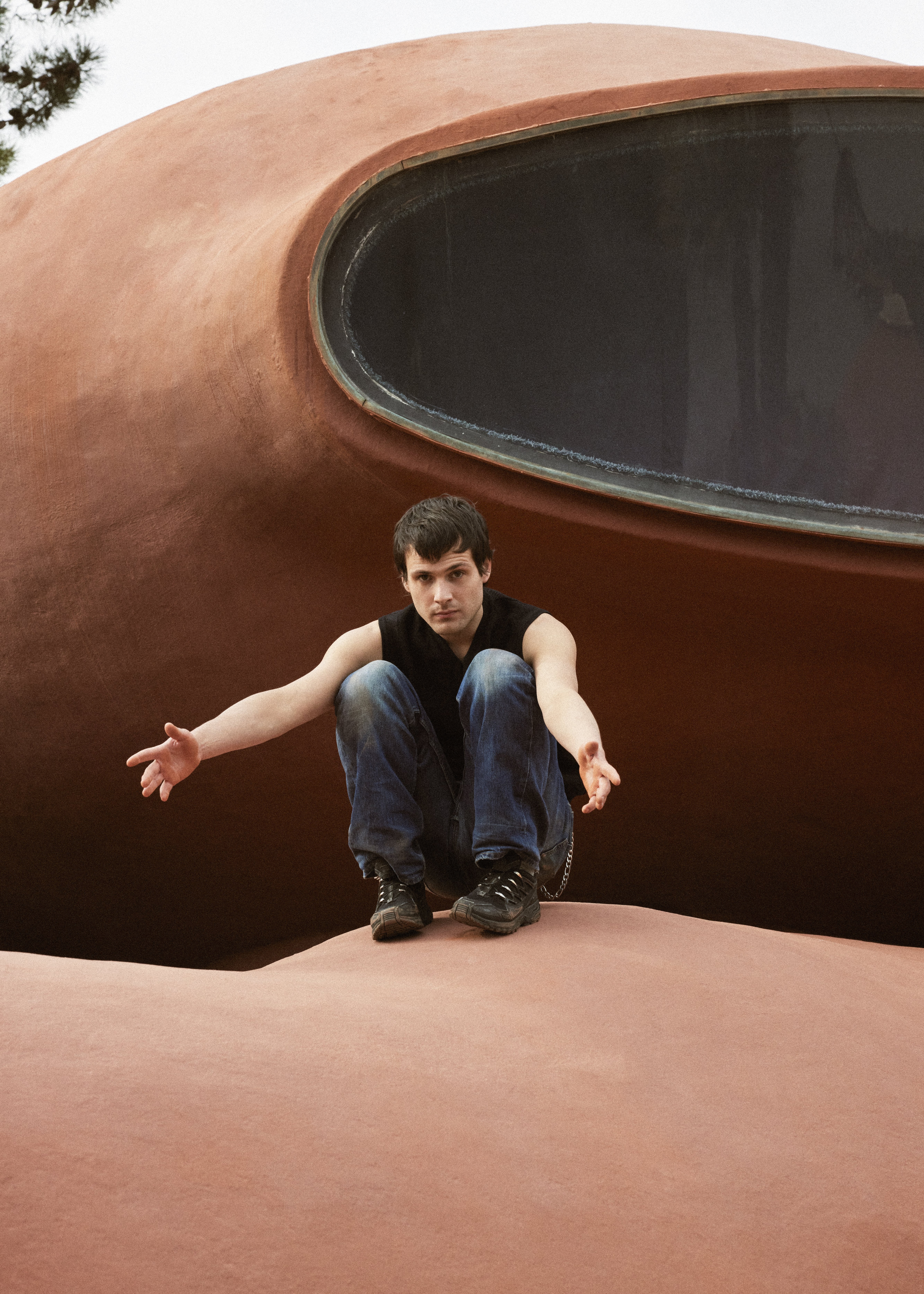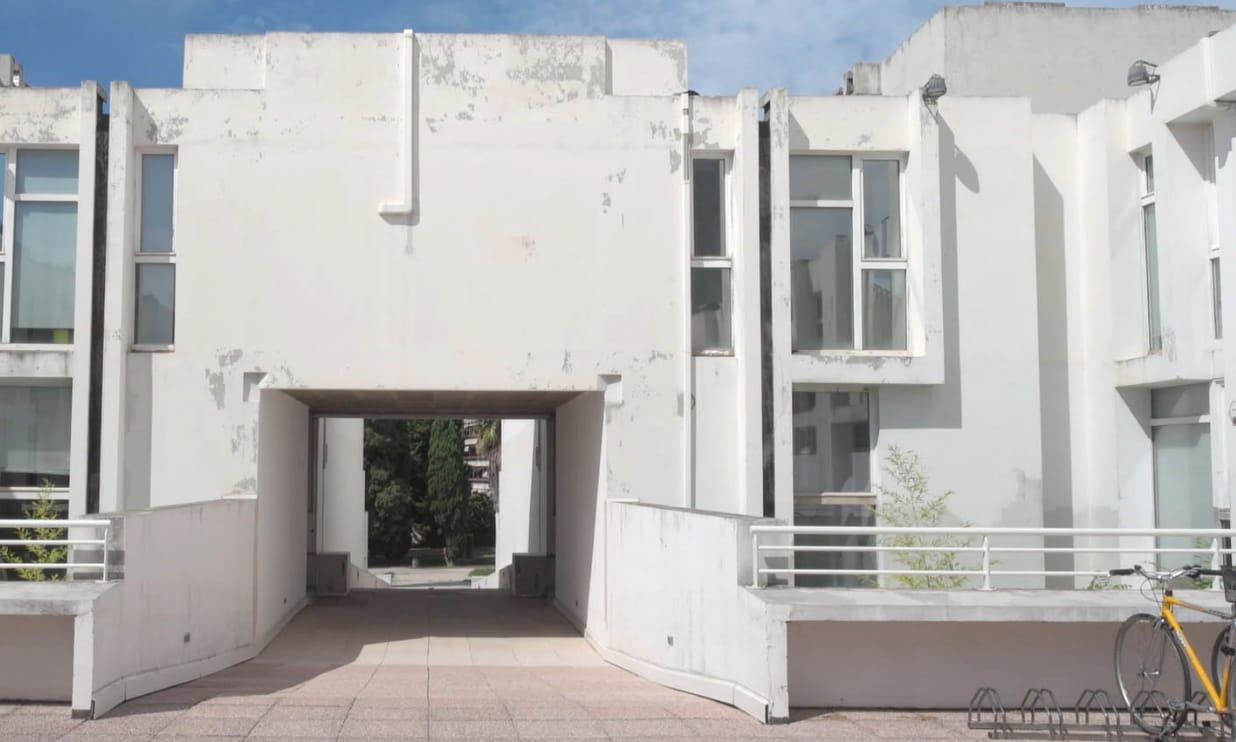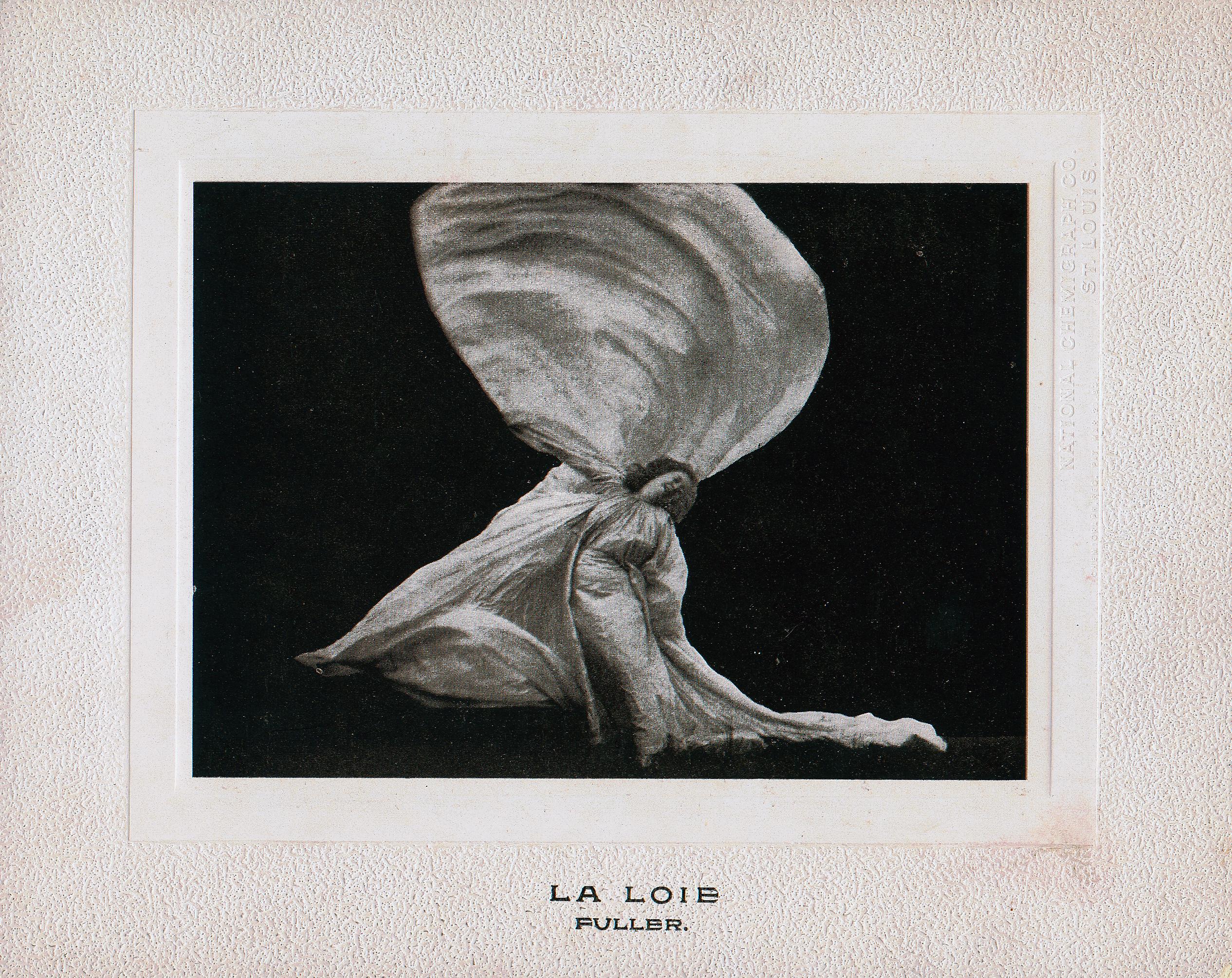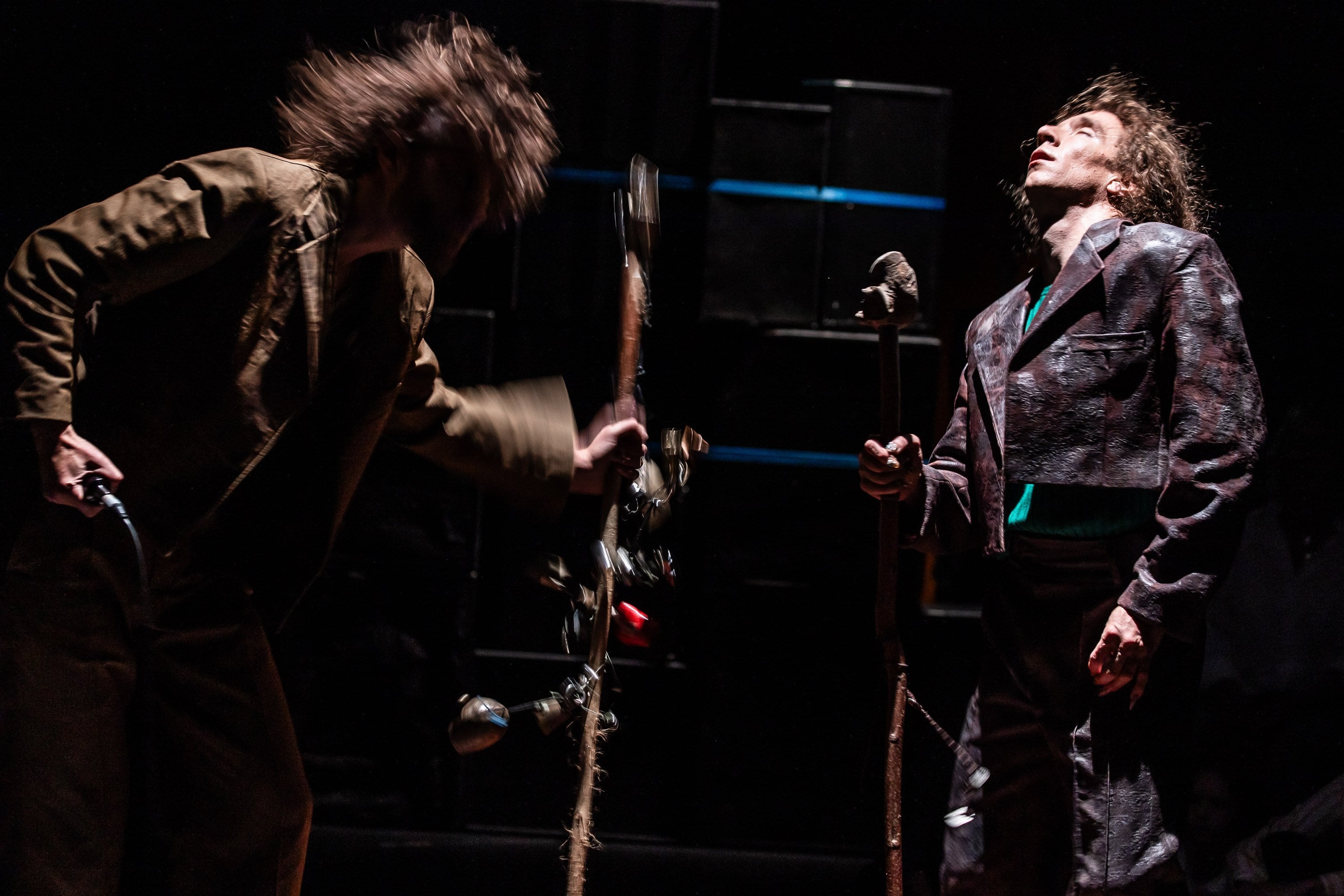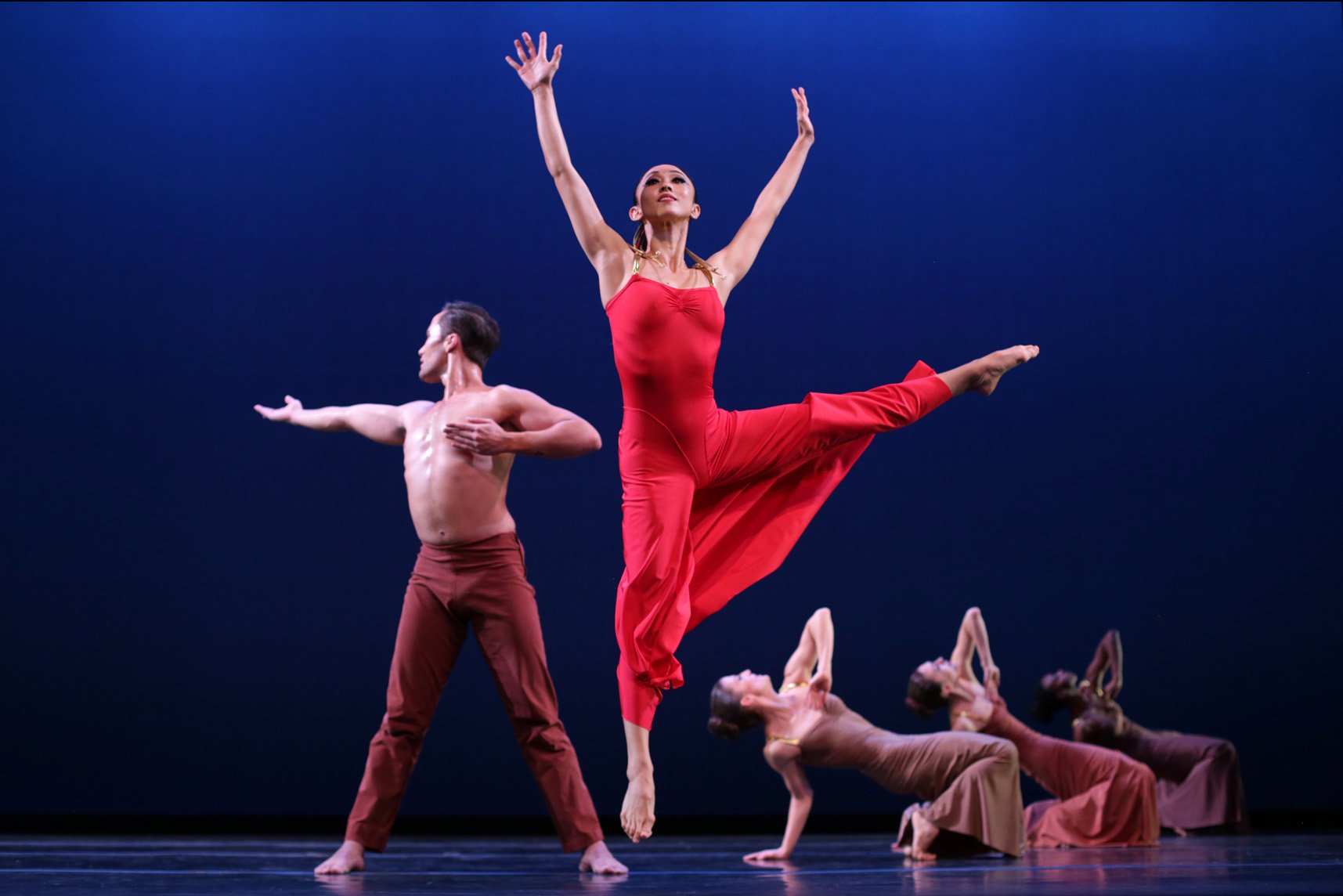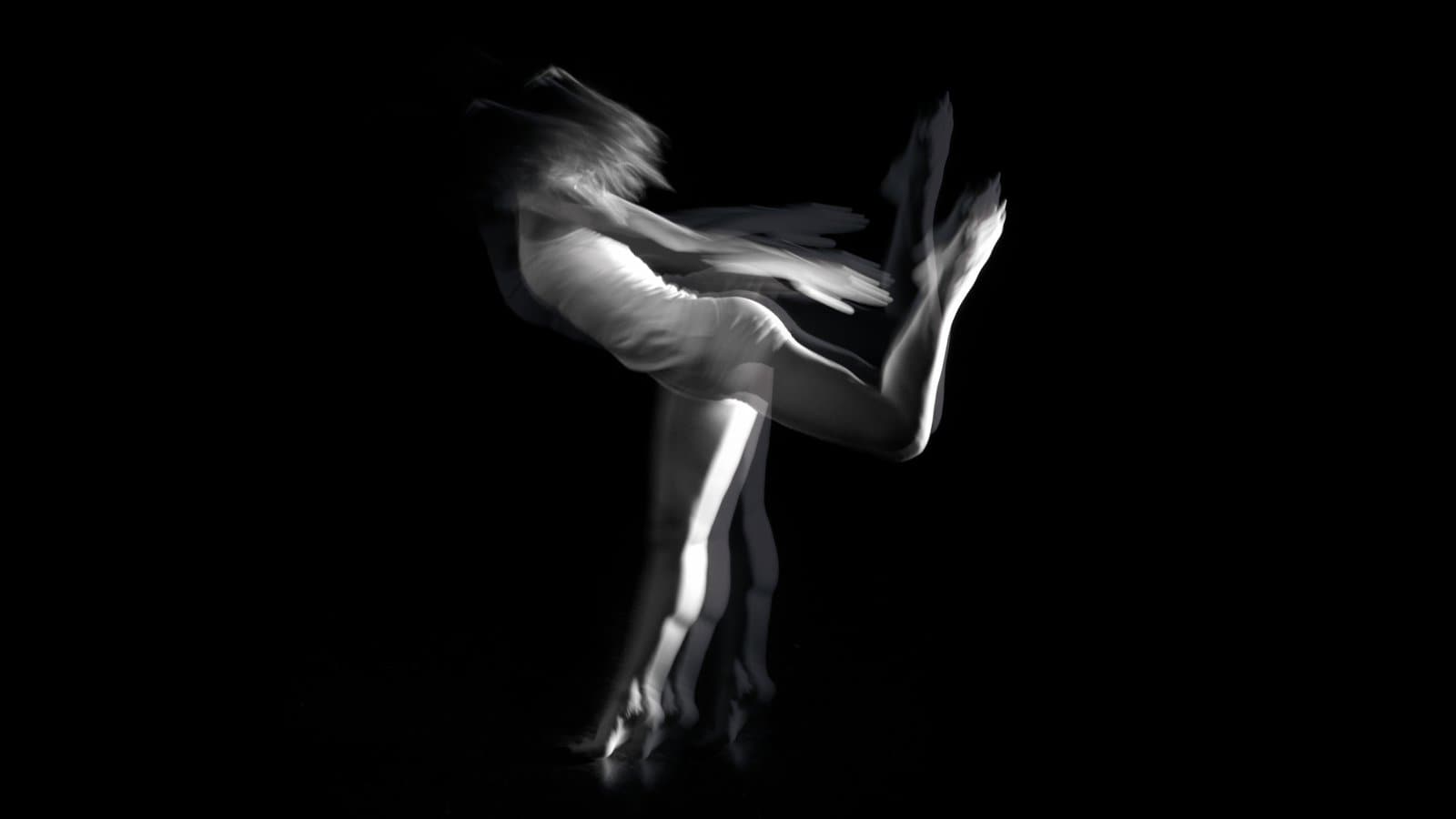While women’s artistic gymnastics features significant choreography on floor and on the beam, the sport has struggled to innovate and train gymnasts to dance as well as tumble. Still, as the Paris Olympics near, the coaching team of the INSEP Vincennes national training center is looking to put artistry front and center – with the audience in mind, and a little help from the sport’s code of points.
Insufficient amplitude: 0.1 point. Exercise as a series of disconnected elements and movements, lack of fluency: 0.1 point. Poor expressive engagement according to the style of the music: 0.1 to 0.3 point.
In women’s artistic gymnastics, these deductions can now be costly in competition. Applied to the floor exercise – one of four events, with vault, uneven bars and beam – they were implemented in the 2022 code of points, the international rulebook that breaks down the difficulty and execution scores for each routine. The goal? To assign more value to the artistic dimension of this Olympic sport, whose stunning acrobatics are rarely matched by choreography of a similar quality.
“Until the previous code, it was mostly big difficulty,” says Alisée Dal Santo, who has been an assistant coach at the INSEP national training center in Vincennes since 2020. “Now they want to go back to more artistry. There is a lot more sophistication.”
Many see this as a necessary correction to the recent evolution of the sport. Dance was historically a key component of gymnastics training, especially in eastern Europe, where gymnasts were given ballet classes. As a result, competitions saw more complex choreography occasionally inspired by dance history, like the Soviet gymnast Olga Strazheva’s Rite of Spring-inspired floor exercise.
The connection between dance and gymnastics has waned, however, with athleticism and difficulty now central to scoring. In 2006, the maximum score of 10 for each routine was replaced with an open-ended system: Under it, gymnasts are scored by adding together a difficulty score (uncapped) and an execution score (still out of 10). At the last world championships, in Liverpool in 2022, the British gymnast Jessica Gadirova won gold on floor with a score of 14.200 (difficulty: 6.000, execution: 8.200).
Since there is no ceiling for the difficulty score, gymnasts who can perform extremely difficult moves – like the American star Simone Biles, who invented several eponymous skills – tend to have a head start on their competitors. Grégory Milan, the INSEP’s choreographer, says this trend has accentuated the role of strength in gymnastics. “Their work is often forceful,” he says.
Milan, a rare former dancer in the world of gymnastics, initially had a hard time carving a place for himself. “It’s not easy to be accepted,” he says. “Since I didn’t come from gymnastics, people didn’t trust me at first, even though dance and gymnastics share very high standards.” Trained at the Paris Opera Ballet School, he danced with the Victor Ullate Ballet in Madrid, where his colleagues included Tamara Rojo and Lucía Lacarra, before becoming a soloist with the Ballet de l’Opéra de Bordeaux in France. His first encounter with gymnastics came by chance: in Saint-Étienne, where he was born, he ran into a coach who was looking for a choreographer for the local training center. “It was a lot of what we didn’t like in the dance world,” he says of the gymnastics choreography he discovered at the time. “Very staccato, very rough movements, with a sense of geometry.”
Milan has now been at the INSEP training center in Vincennes for seven years. Initially hired to help with rhythmic gymnastics, he now gives dance classes to elite artistic gymnasts on a daily basis as well, in a small dance studio a few steps away from their airy training space. “Try to point your feet today, make an exception,” he told a long line of gymnasts at the barre in early April. Classes are steeped in ballet technique, with additional elements that are specific to gymnastics. Between fouettés and cabrioles, for instance, Milan will insert cossack jumps, to prepare gymnasts for the jumps they are required to complete on beam and floor.
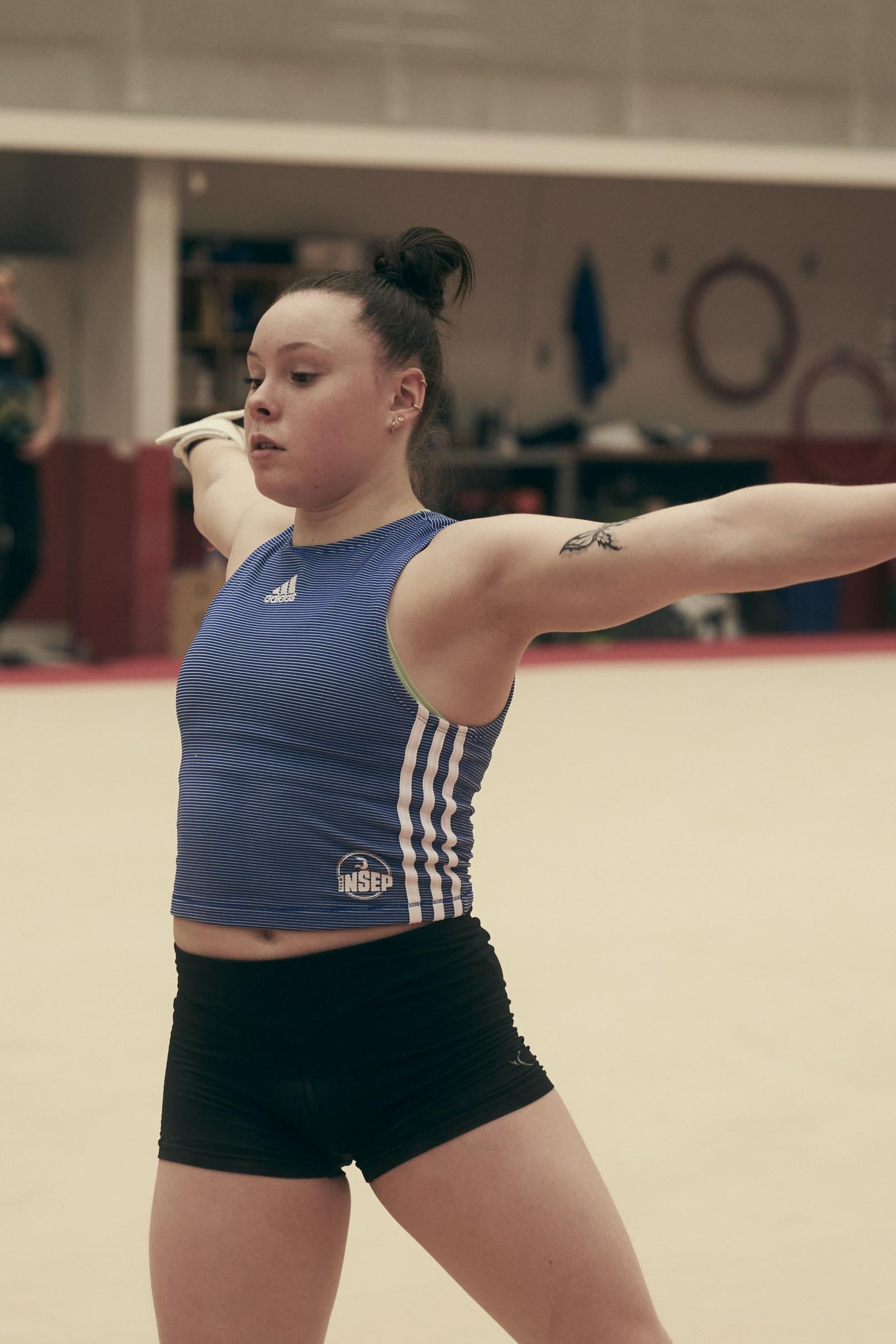
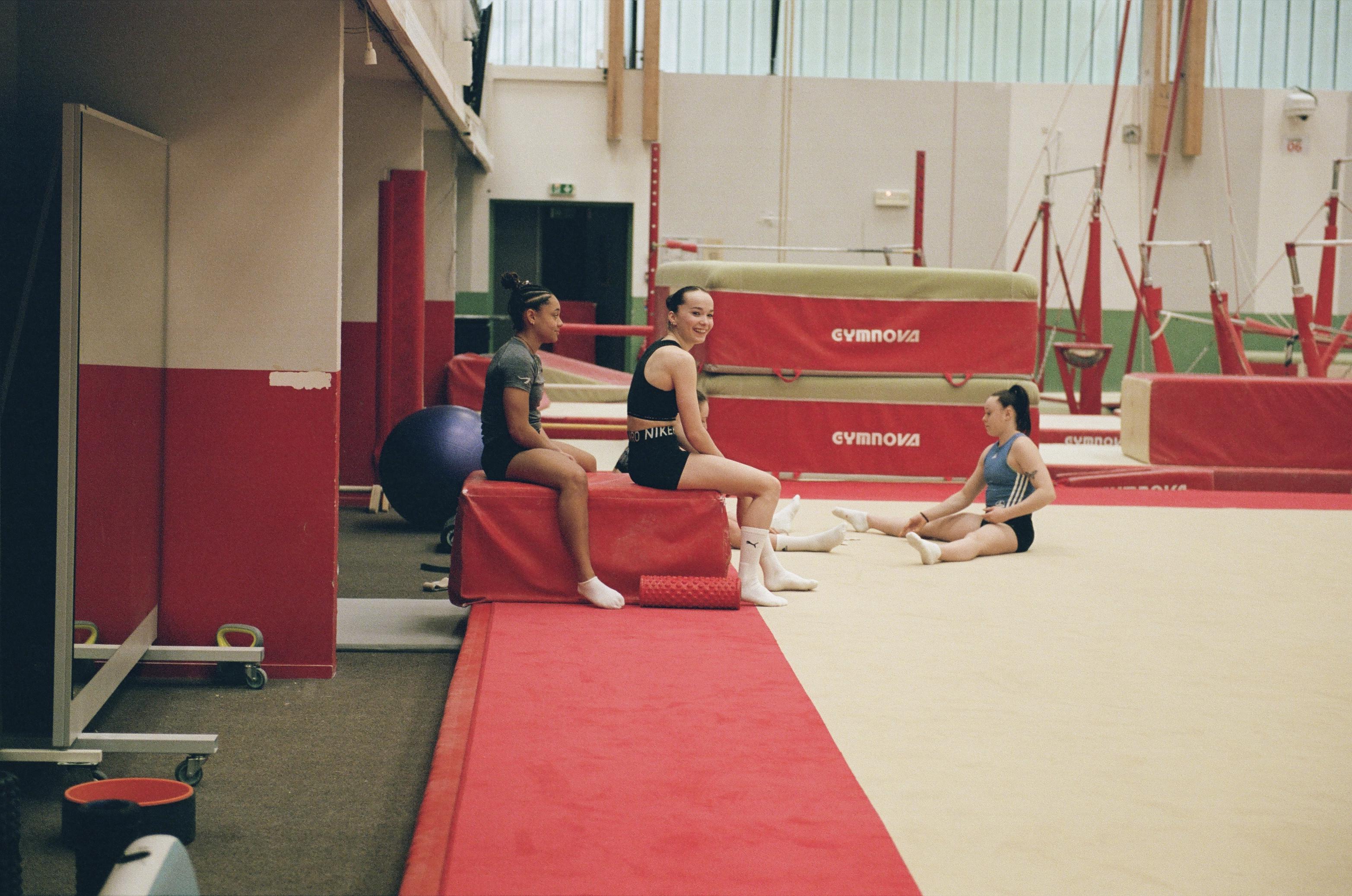
“In gymnastics, we really need to hold our legs well, to work on flexibility and dynamics, and I think Greg really brings us this finishing touch,” explains Lucie Henna, an 18-year-old elite gymnast, who trains with Milan in Vincennes. “To me, having artistry means being beautiful to watch, being able to move your body well,” she says, before adding that the floor exercise is something of a show. “We’re supposed to look at the entire audience, not just the judges.”
Still, Henna had to wait until she joined the senior INSEP team to have access to regular dance classes – a structural issue, according to Dal Santo, who says that none of the Espoir training centers for promising younger gymnasts employ a choreographer. “Since everything is very strict in the code of points, gymnasts find it hard to be themselves, to let go and bring emotion to the table,” says the former Italian gymnast, who trained in dance and musical theater before returning to the world of sports. “You see very good gymnasts who do everything perfectly, but it’s hard for them to emote and project, because they exert such control over everything they do.”
Several international teams have helped start a debate around artistry and choreography in recent years, including the Dutch squad led by Eythora Thorsdottir and Sanne Wevers, the 2016 Olympic champion on beam. (Beam routines are also choreographed, and can incur artistry deductions: Milan designed the beam choreography of Marine Boyer, a French star on this apparatus.) In the United States, the popularity of college gymnastics has also moved the goalposts on dance and choreography, with viral videos of routines inspired by hip-hop or voguing.
At the INSEP training center, Dal Santo and Milan are working to find a balance between newly sophisticated choreography and the rules and habits of artistic gymnastics – and pushing some gymnasts and coaches out of their comfort zone in the process. For Morgane Osyssek-Reimer, for instance, Milan choreographed a floor routine set to electronic music by Thom Willems, drawn from William Forsythe’s landmark ballet In the Middle, Somewhat Elevated.
“I heard: ‘What is this music?’,” Milan says with a smile. Still, the deductions judges take for artistry – which can add up to 1.6 point, when choreographic composition and musicality are included – have gone down for Osyssek-Reimer, who recently earned a silver medal at the Tel Aviv World Cup. An encouraging result a year before the Paris Olympics, where the French team will be on a mission to shine – artistically as well as technically.
Laura Cappelle is a Paris-based journalist and researcher. She holds a PhD in arts sociology and in 2020, she edited a new French-language introduction to dance history, Nouvelle Histoire de la danse en Occident (Seuil, 2020). She has been the Financial Times’ Paris-based dance critic since 2010, and the New York Times’ French theater critic since 2017. She is also the editor of CN D Magazine.
Photo © Christophe Berlet
Infos
christopheberlet.com
International conference Concourir ?!
du 28 au 30.09.2023
Centre national de la danse
cnd.fr

